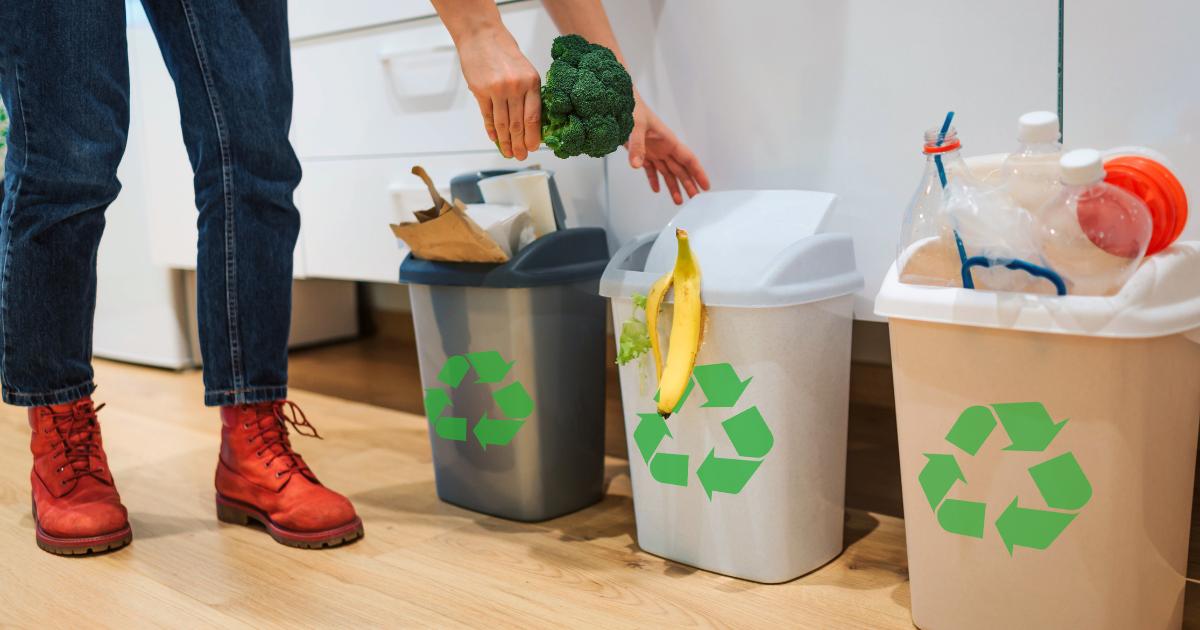On our journey toward a greener, healthier future, learning how to handle waste segregation effectively is crucial!
As our society generates increasing amounts of waste, it’s essential to sort and separate it properly from the beginning.
This simple act can significantly boost recycling efforts, reduce the volume of waste sent to landfills, and help preserve our natural resources.
Plus, it’s a powerful way to combat pollution and foster sustainability for future generations.
In this easy-to-follow guide for beginners, we’ll dive into why separating waste matters and how it helps keep our environment cleaner and healthier.
With just a few simple steps and the right habits, each of us can make a big difference in taking care of our planet.
Let’s dive into the essentials of waste segregation and how you can apply them in your everyday life!
What is Waste Segregation?
Waste segregation refers to sorting and separating waste materials based on their characteristics and composition. If you need assistance with hazardous waste, check out our hazardous waste removal services.
It’s an essential process for ensuring that recyclable materials are properly processed, hazardous waste is safely managed, and biodegradable items are composted instead of ending up in landfills.
The three primary categories of waste are:
1. Biodegradable Waste
Biodegradable waste includes organic materials that naturally decompose over time with the help of microorganisms.
This type of waste encompasses items like food scraps, fruit peels, vegetable trimmings, garden clippings, and even some types of paper.
For example, banana peels, apple cores, coffee grounds, and garden trimmings decompose into nutrient-dense compost, which can Improve soil health in gardens or farms.
Effectively managing biodegradable waste helps retain valuable nutrients in the ecosystem, eases the pressure on landfills, and reduces the emission of methane, a powerful greenhouse gas released when organic waste breaks down in landfills.
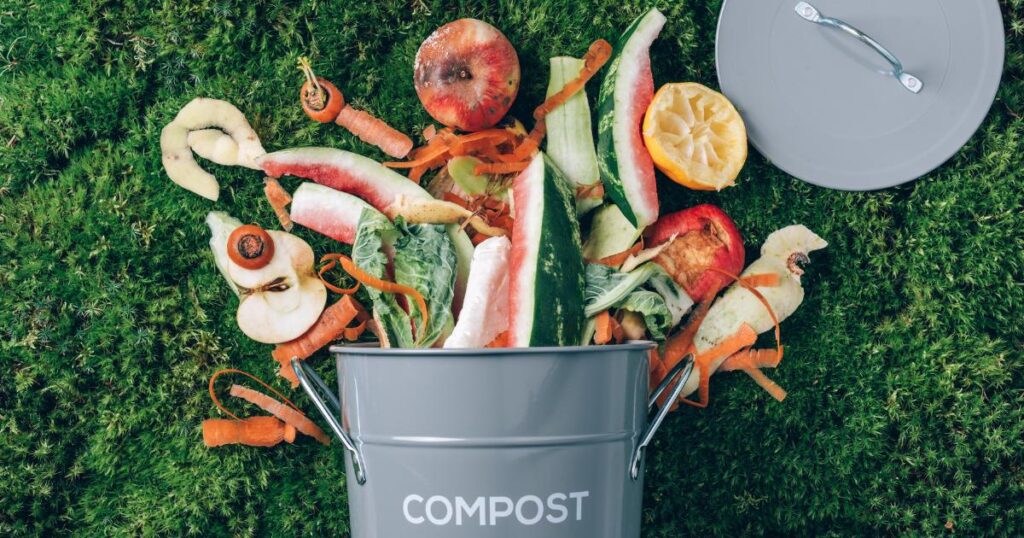
Key Items in Biodegradable Waste:
- Fruit and vegetable peels
- Food scraps (e.g., eggshells, bread)
- Coffee grounds and tea bags
- Garden waste (e.g., leaves, grass clippings)
- Paper products that can decompose (e.g., paper towels, napkins)
2. Non-Biodegradable Waste
Non-biodegradable waste consists of materials that do not break down naturally and can persist in the environment for hundreds or even thousands of years.
This category includes materials like plastics, glass, metals, and certain chemicals.
When segregated correctly, many of these materials can be recycled and repurposed into new products.
For example, plastic bottles, glass jars, and aluminum cans can be collected and reprocessed, reducing the need for extracting raw materials and lessening environmental impact.
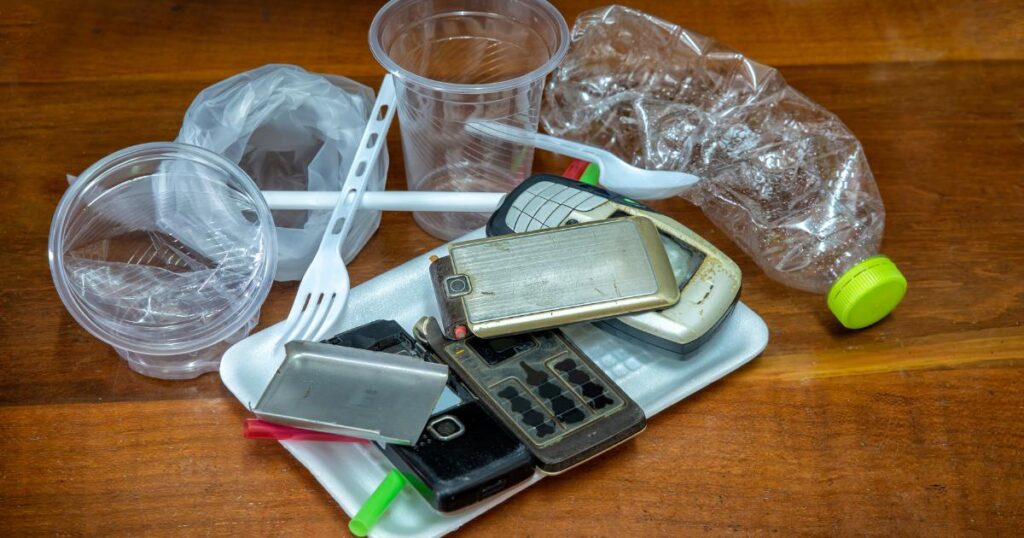
Key Items in Non-Biodegradable Waste:
- Plastics (e.g., bottles, packaging)
- Glass (e.g., jars, bottles)
- Metals (e.g., aluminum cans, metal scraps)
- Certain synthetic fabrics (e.g., polyester)
By segregating non-biodegradable waste, you’re not only reducing its harmful environmental impact but also promoting the circular economy by ensuring that recyclable materials are reused.
3. Hazardous Waste
Hazardous waste includes items that can be dangerous to both human health and the environment if not properly handled.
These materials often require special disposal methods to prevent contamination or harm.
Hazardous waste includes items like batteries, electronic waste (such as old phones or laptops), fluorescent light bulbs, certain chemicals, and paints.
These materials should never be disposed of with regular household trash, as they can release harmful toxins into the air, soil, or water, threatening both communities and ecosystems.
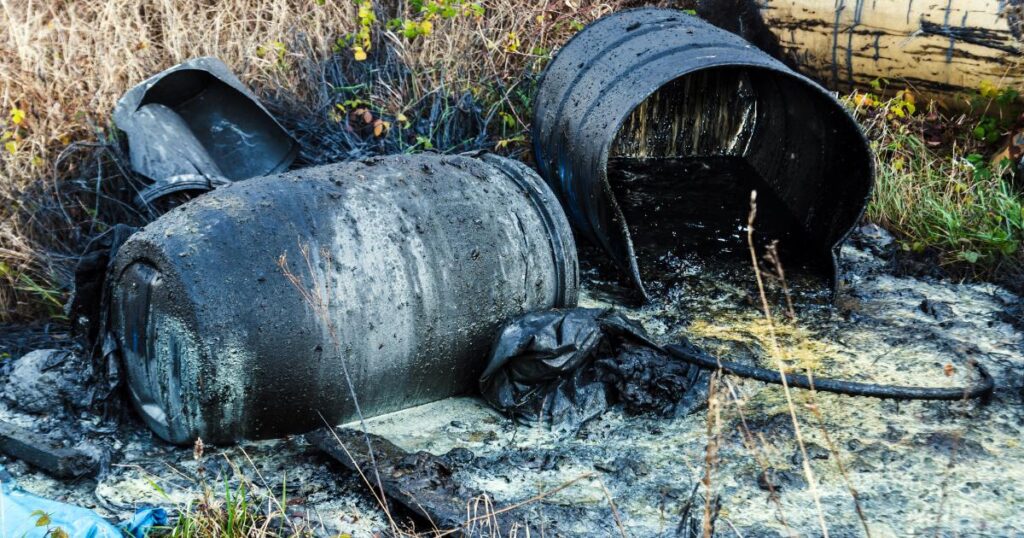
Key Items in Hazardous Waste:
- Batteries (e.g., car batteries, AA batteries)
- Electronic waste (e.g., old phones, computers)
- Fluorescent bulbs and CFLs
- Paints and solvents
- Household chemicals (e.g., bleach, ammonia)
Why is Waste Segregation Important?
Waste segregation is critical for several reasons, all of which contribute to protecting our environment, promoting public health, and fostering economic sustainability.
1. Environmental Conservation
Proper waste segregation reduces the amount of waste that ends up in landfills. Learn more about how we contribute to environmental conservation with our construction debris removal services.
This directly lessens pollution, preserves natural resources, and protects wildlife habitats.
Reducing landfill usage also prevents the emission of harmful greenhouse gases like methane, which contributes to climate change.
2. Resource Conservation
Segregating recyclable materials like paper, plastic, metals, and glass makes it possible to reuse these resources rather than extracting new ones.
This not only conserves raw materials but also reduces the environmental impact of mining, deforestation, and other extraction processes.
3. Energy Savings
Manufacturing products from recycled materials consumes significantly less energy than creating them from virgin resources.
For example, recycling aluminum saves up to 95% of the energy required to make new aluminum from raw ore. Waste segregation thus plays a vital role in reducing overall energy consumption and curbing carbon emissions.
4. Health and Safety
Proper segregation of hazardous waste ensures that dangerous materials do not mix with general waste, preventing contamination and reducing health risks for waste workers, sanitation personnel, and local communities. Discover how we handle hazardous waste on our hazardous waste removal page.
5. Cost-Effectiveness
Efficient waste management systems benefit both municipalities and businesses. By recycling and reusing materials, waste disposal costs are reduced, and the recycling industry creates economic opportunities.
For example, the sale of recyclable materials like metal and paper can generate additional revenue streams.
6. Sustainable Development
Waste segregation aligns with the principles of sustainable development by promoting responsible consumption and resource management.
It encourages individuals, communities, and businesses to take a proactive approach to waste reduction, ensuring a balance between social, economic, and environmental needs.
7. Waste Reduction
Segregation encourages more conscious consumption habits. By understanding the categories of waste, individuals can make informed choices about the products they buy, opting for items with less packaging or those made from recyclable materials.
Reducing waste at the source is key to tackling the growing volume of waste generated globally.
How to Segregate Waste at Home
Segregating waste at home is easier than you think! Follow these simple steps to implement effective waste management:
- Use Separate Bins Place clearly labeled bins in your kitchen or designated area for “Recyclables,” “Organic Waste,” and “Non-Recyclables.” You can use color-coded bins to make the process even simpler for everyone in your household.
- Recyclables In your “Recyclables” bin, collect items like paper, cardboard, glass bottles, plastic containers, and aluminum cans. Make sure these items are clean and dry before tossing them in the bin, as contamination can hinder the recycling process.
- Organic Waste Collect food scraps, fruit peels, vegetable trimmings, coffee grounds, and similar items in your “Organic Waste” bin. You can use these materials for composting, creating nutrient-rich soil for your garden.
- Non-Recyclables Place items that cannot be recycled, such as soiled paper products, certain plastics, and food wrappers, into the “Non-Recyclables” bin. These materials typically end up in landfills, so it’s important to reduce non-recyclable waste whenever possible.
- Hazardous Waste Disposal Set aside a separate bin for hazardous items such as batteries, light bulbs, and electronics. Check with your local waste management facility to find out how to properly dispose of these materials.
- Reduce and Reuse Before throwing anything away, think about whether it could be reused or repurposed. For instance, glass jars are great for storage, and worn-out clothes can be converted into cleaning rags.
- Educate and Involve Your Household Make waste segregation a family or household effort. Educating everyone on the importance of proper waste management will ensure greater participation and improved results.
- Regular Disposal Empty bins regularly, especially those containing organic waste, to prevent unpleasant odors and avoid attracting pests.
- Stay Informed Stay up to date with your local recycling guidelines, as rules can vary by region. Some municipalities offer curbside pickup for recyclables, while others require you to drop them off at designated locations.
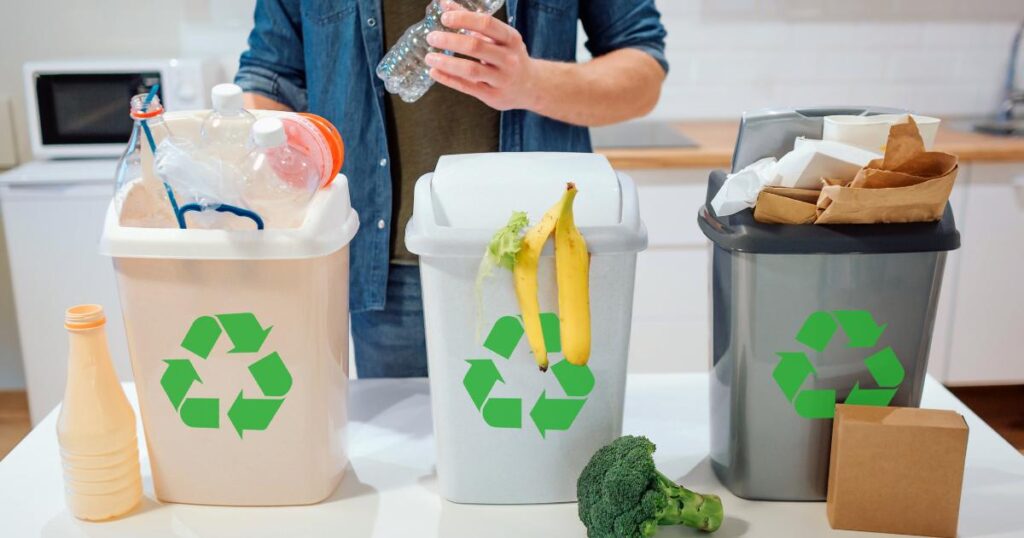
FAQS:
Why is waste segregation important?
Waste segregation is vital for several reasons. It reduces the volume of waste sent to landfills, conserving valuable resources and promoting recycling and composting.
By using less energy for processing recycled materials compared to creating products from raw resources, waste segregation also helps in energy conservation.
Additionally, it prevents hazardous materials from contaminating general waste, protecting health and safety, and supports sustainable practices by encouraging responsible consumption and waste reduction.
What are the main categories of waste for segregation?
The primary categories are biodegradable waste, non-biodegradable waste, and hazardous waste. Biodegradable waste includes organic materials like food scraps and garden waste that decompose naturally.
Non-biodegradable waste comprises materials such as plastics, glass, and metals that do not break down easily but can be recycled.
Hazardous waste includes dangerous items like batteries, electronic waste, and certain chemicals that require special handling.
How can I start segregating waste at home?
Begin by setting up separate bins for different types of waste in your home. Label them for “Recyclables,” “Organic Waste,” and “Non-Recyclables” to make sorting easier.
In the “Recyclables” bin, place clean and dry paper, cardboard, glass, and plastic items. Use the “Organic Waste” bin for food scraps and garden waste, and consider composting these materials.
The “Non-Recyclables” bin is for items that cannot be recycled, like soiled paper and certain plastics. For hazardous waste, keep a separate bin and check local guidelines for proper disposal methods.
What should I do with hazardous waste?
Hazardous waste should be handled separately from regular trash. Do not mix it with general waste. Instead, follow your local waste management facility’s guidelines for safe disposal.
Many areas offer special collection services or designated drop-off locations for hazardous materials.
How can I educate my family or household about waste segregation?
Educate your family or household members by explaining the benefits of waste segregation for the environment and health. Create a user-friendly system with clear, labeled bins and involve everyone in the process.
Leading by example and using educational resources such as posters or guides can also help reinforce proper practices.
How often should I empty the bins?
Bins, particularly those with organic waste, should be emptied regularly to prevent unpleasant odors and pest issues. Aim to check and empty the bins at least once a week, or more frequently if needed.
Conclusion
By embracing waste segregation at home, you’re playing a vital role in protecting the environment and conserving resources. For additional support with waste management, visit our contact page to get in touch with us
Each small effort adds up to a significant impact, ensuring a cleaner, greener world for future generations. Together, we can make a lasting difference—starting with the waste we produce every day.
